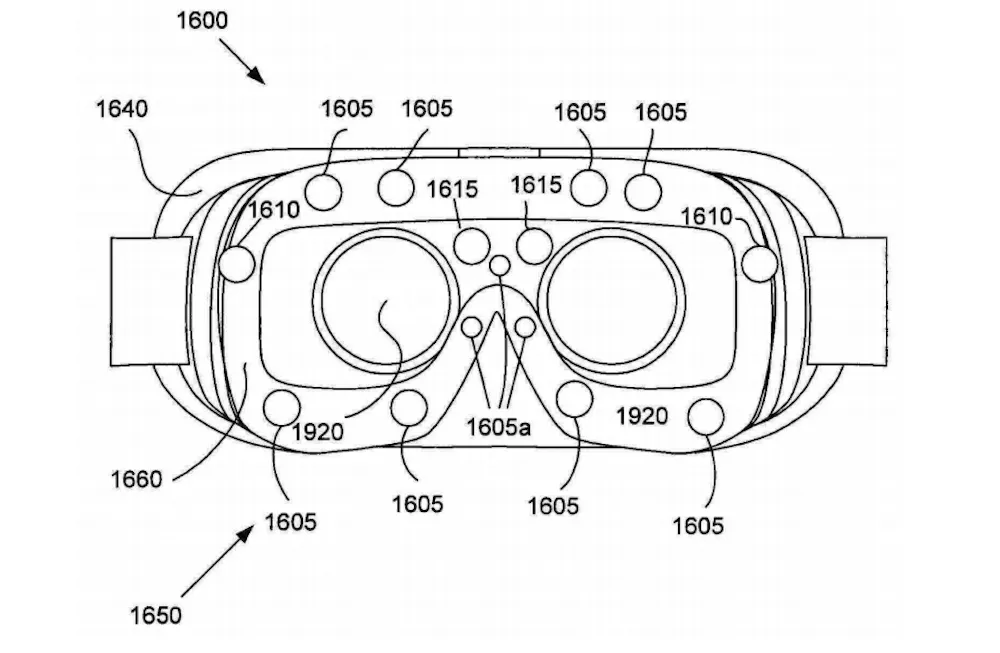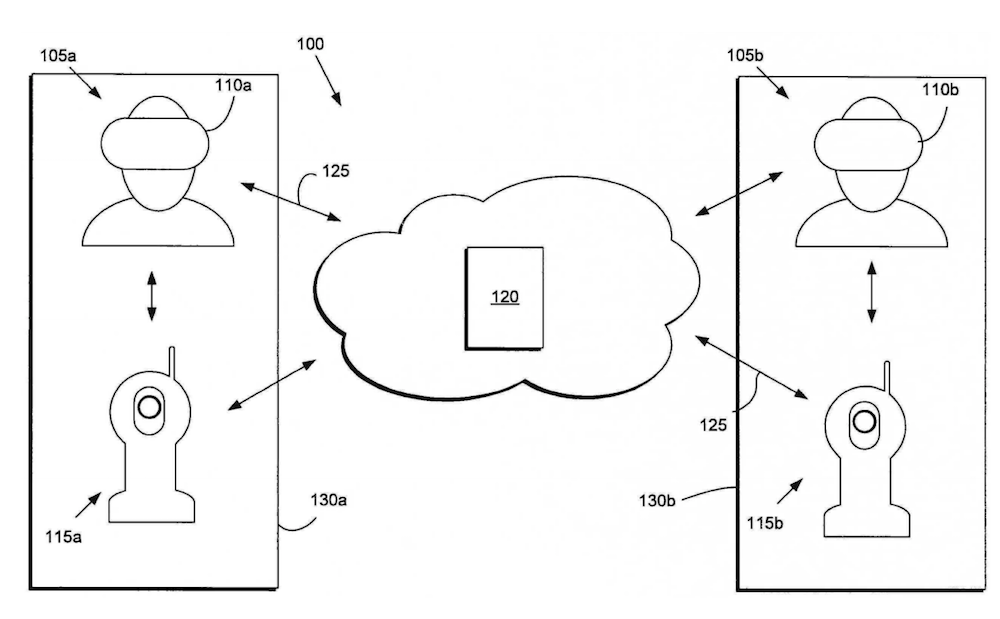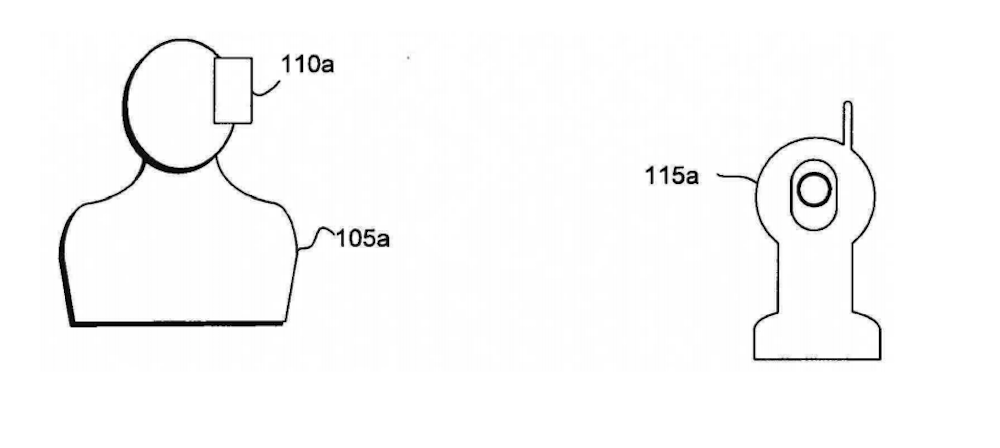The Samsung Gear VR is one of the most successful virtual reality headsets of all time when it comes to pure numbers. According to at least one objective analysis, the Samsung and Oculus-developed device is projected to sell upward of 2 million units by the end of this year. This gargantuan number includes all the iterations of Gear VR, of which there have been several. Earlier this year, Samsung released its latest version of the smartphone powered VR HMD and, according to a recent patent, an even more advanced version may be on its way.
As first noted by Galaxy Club, a Korean patent application filed by Samsung was recently made public that showcases a version of the Gear VR with never before seen features. Positional tracking, face mapping and eye tracking are all highlighted in this single patent titled “Image Processing for Head Mounted Display Devices.”
Positional tracking is a VR headset’s ability to understand its location in 3D space. Currently, the Gear VR cannot do this. It can track the movements of a user’s head as it moves side to side or up and down, but does not allow the user to lean in closer to virtual objects or to walk around a digitally rendered environment. The Gear VR imagined in this patent application, however, might adopt an outside-in tracking methodology that looks similar to the PlayStation VR.
A series of LED lights placed on the headset would be picked up by an external camera and that information would be translated into positional data inside the headset itself. This external camera appears to have an antenna as well, suggesting that this new tracking system will be relayed between the phone and the cameras wirelessly.
In addition to positional tracking, this future Gear VR would also come equipped with face and eye tracking capabilities as well. According to the patent, the new Gear VR would have a wreath of electrooculographic (EOG) sensors specifically designed to track your eye movements while inside the headset. A similar swath or infrared (IR) sensors would map and track the movements of your face.
Eye and face tracking could be hugely important for the next generation of VR headsets. Google recently purchased Eyefluence, a company that was making perhaps the most significant strides in VR eye tracking, for an undisclosed sum. Eyefluence technology turns the eyes into the primary control method of an HMD and this approach could revolutionize how we interact with these devices.
Face tracking and mapping are also features that many think should become built-in standards for future VR headsets. Tech like this could help us build more realistic virtual avatars and use those creations far more naturally than before. Social interactions in VR would be amplified significantly by bringing a user’s real time face and eye movements into the experience. Companies like FOVE are already hoping to create headsets that have this capability but it would be a significant coup to see it incorporated into one of the industry’s most “mainstream” devices.
Patent applications are by no means a guarantee of future product features so take this document with a grain of salt. However, it at least provides us with some insight into what Samsung is thinking when it comes to the next generation of the little-HMD-that-could.
We will bring you more Gear VR news as it becomes available.





























